Playwrights and movie stars celebrated by London blue plaques
- Published

Blue plaques remind us of the people and places that have made history, English Heritage said
Playwrights, movie stars and the first black footballer to play for England will be honoured with blue plaques in London, English Heritage has announced.
Irish writer Samuel Beckett, screen icon Ava Gardner, and West Bromwich Albion's Laurie Cunningham are among those to be honoured by the charity.
London's blue plaque scheme was set up 150 years ago to link famous people with their homes and other buildings.
The scheme's chair called the list a "wide range of talent".
Prof Ronald Hutton said it "will celebrate stars" who "made London their home".

The icons being remembered:

A plaque will be placed on a house in Chelsea that Samuel Beckett lived in during the three years he lived in the capital in the mid-1930s
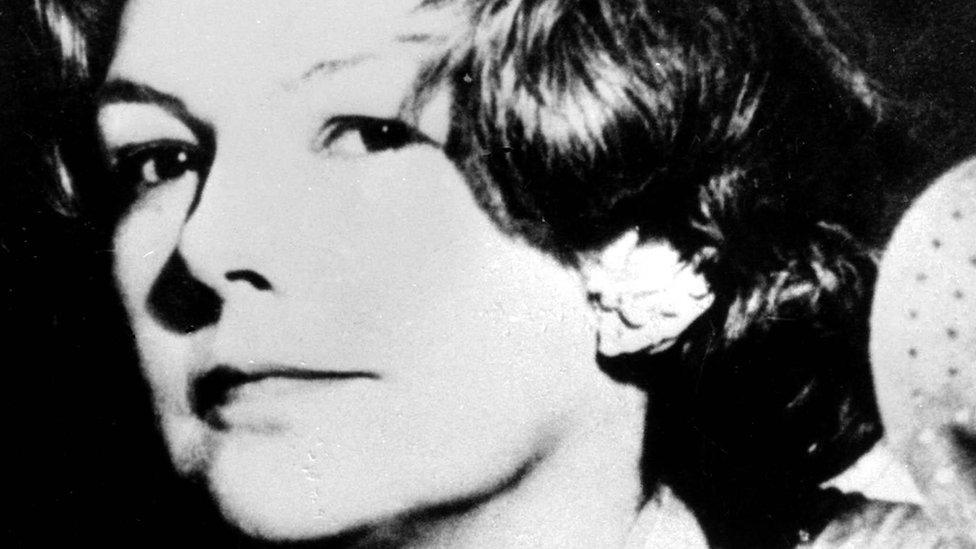
Legendary cookery writer Elizabeth David was instrumental in introducing post-war England to Mediterranean food

West Brom's Laurie Cunnigham was the first black footballer to play for England and the first Englishman to join Real Madrid
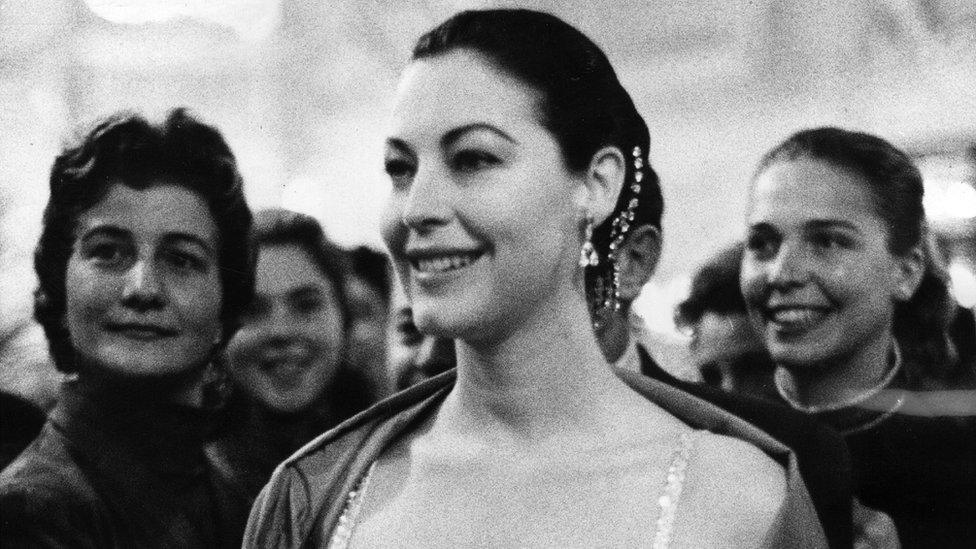
Iconic movie star Ava Gardner featured in more than 60 films and was one of the most talked about celebrities of her day
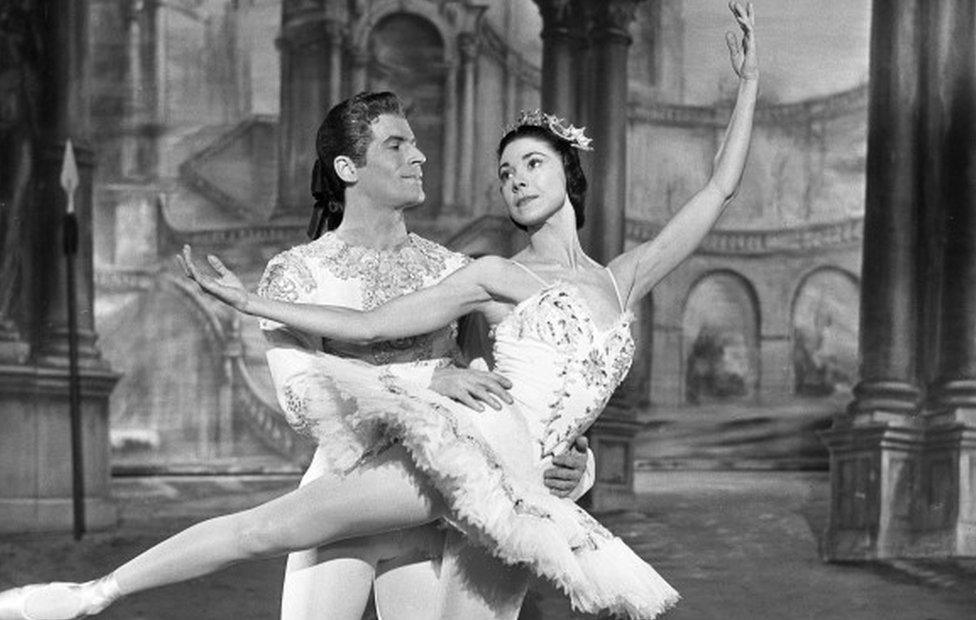
Dancer Margot Fonteyn's plaque will be installed outside her former flat in Covent Garden
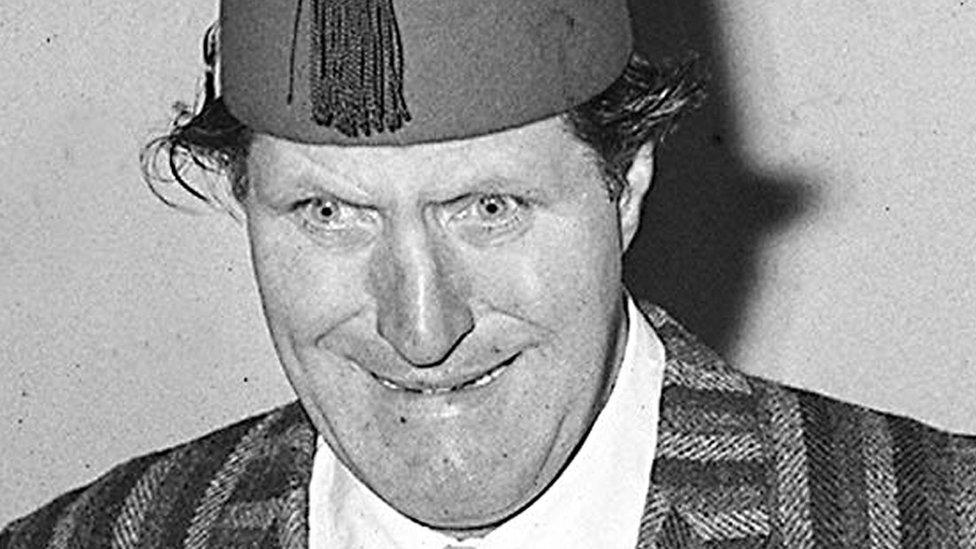
Chiswick resident Tommy Cooper became a household name with the much-loved catchphrase "Just Like That!"

Freddie Mercury's plaque will adorn a house in Feltham where the Queen front man lived with his family in 1964

Bobby Moore's plaque will be the first in Barking and Dagenham - it will mark a house he lived in when he first put on the England shirt

What is the blue plaque scheme?

The idea of erecting "memorial tablets" was first proposed by William Ewart MP in the House of Commons in 1863, but the scheme only started in 1866.
The first plaque erected was for the poet Lord Byron, with a memorial laid in 1867. More than 900 have been unveiled since then, English Heritage says.
It has been running the scheme since 1986 after it took over from London County Council.
- Published15 October 2015
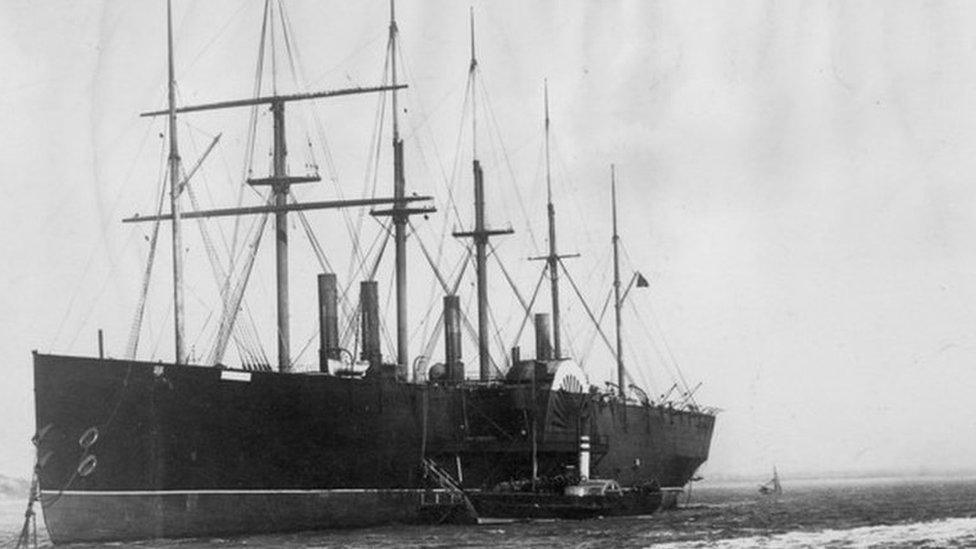
- Published29 October 2015
